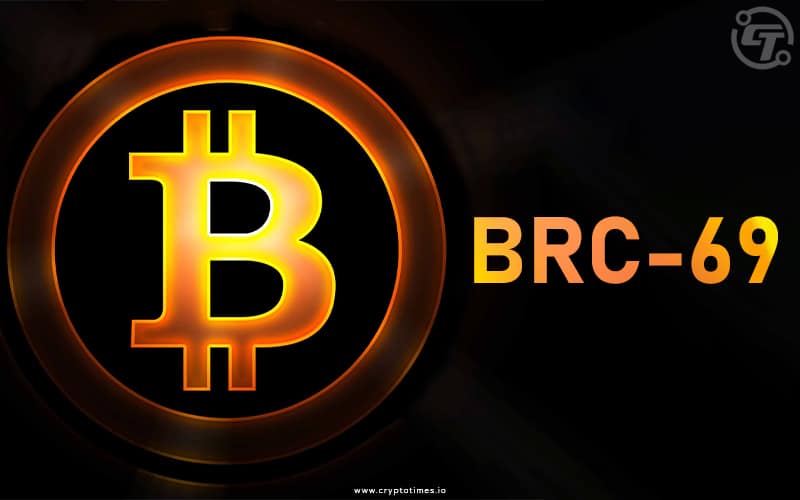A new chapter in Bitcoin’s evolution has been introduced with the application of the Bitcoin Standard BRC-69. Notably, this standard removes the pre-existing 4-megabyte data limit for inscriptions on Bitcoin Ordinals.
Bitcoin Ordinals, essentially non-fungible tokens (NFTs) on the Bitcoin blockchain, have taken a revolutionary leap forward with the BRC-69 standard. This development allows users to utilize recursive inscriptions, a method of data extraction from existing inscriptions that can be used to create new ones.
This leap in efficiency has led to a more than 90% reduction in the time and cost associated with creating inscriptions.
Blockchain technology is continuously innovating to make the most of Bitcoin’s blockspace, a limited and precious resource. The BRC-69 standard addresses this matter, paving the way for more efficient use of blockspace.
The emergence of recursive inscriptions under BRC-69 is not the only development that’s been seen in the Ordinals space. A new concept known as Bitmaps has also surfaced, providing Bitcoin users with an innovative method to claim ownership over Bitcoin blocks.
These developments are more than incremental advancements; they mark significant milestones in the history of Bitcoin.
The implications of these innovations are vast, promising an enriched, more flexible approach to storing data on Bitcoin and elevating the capabilities of the world’s leading cryptocurrency.
Also Read: OKX Introduces BRC-30 for Bitcoin & BRC-20 Staking







